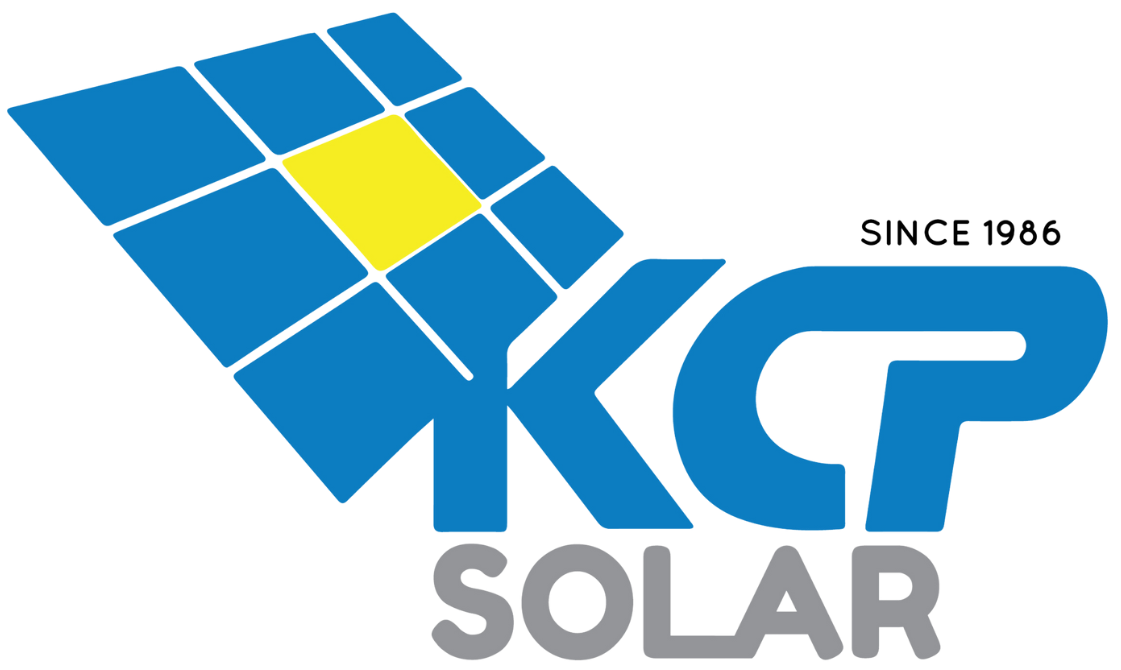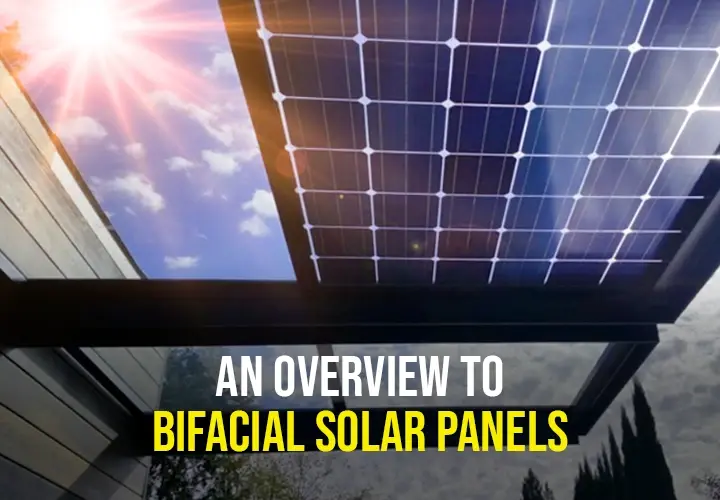From ground mount systems to solar carports, bifacial solar panels allow users to enjoy increased energy production from both the direct sunlight on their front and the reflected sunlight on their back. These panels are advantageous over the traditional panels and are more durable. Different rooftop solar companies offer various designs of panels, keeping in mind their usage and power generation. Let us delve deep into the details of bifacial solar panels and how they are helpful.
What are Bifacial Solar Panels?
Silicon is the most common material used to manufacture solar cells. They are made of polycrystalline cells as well as monocrystalline cells. When two silicon cells are attached together to face the opposite direction, the resultant is called a bifacial solar panel. And when the Leading Rooftop Solar companies stack the cells together, we get bifacial solar panels.
How Does it Work?
Bifacial solar panels are the most efficient Rooftop Solar Panel for Home. Their dual-sided design enables them to harness more sunlight thereby producing more energy. Once the front side of the panel receives direct sunlight, the backside of the panel collects sunlight that hits the ground and is reflected. Thus, a bifacial panel traps more photons and the output generated is 4-5% times higher than a traditional one.
How Does it Differ from the Rest?
| Monofacial Solar Panels with Polycrystalline cells | Monofacial Solar Panels with monocrystalline cells | Bifacial panels |
|---|---|---|
| Only front side gets sunlight | Only front side gets sunlight | Both side receives sunlight |
| Efficiency varies from 16-17% | Efficiency varies from 19-21% | Efficiency can go upto 22% |
Advantages of Bifacial Solar Panels
With solar panel installation government scheme, more end users benefit from bifacial panels. Here are a few of the advantages of bifacial panels:
Increased Efficiency
While some of the panels can maximize production upto 25%, generally an increase of 2-3% is observed in every bifacial panel.
Space Saver
As panels work on both sides, less space is required for the same yield/energy output.
Versatility
As these panels are best suited for areas of high reflectivity, Roof Top Solar Hybrid companies prefer to install them in snowy or white rooftops.
Extended Lifespan
Due to their robust design, bifacial solar panels offer a lifetime period of 30 years as compared to the 25-year lifespan of traditional panels.
Disadvantages of Bifacial Solar Panels
Let’s have a look into its demerits also:
Higher Installation Costs
The use of advanced manufacturing design and specialized erection equipment adds to its high installation cost.
Variable Performance
As the energy absorption from the downward side is inconsistent, users may face a variable performance of bifacial panels.
High Maintenance Cost
Frequent cleaning of both the faces and keeping the lower face free from grim and dirt often add up to its maintenance cost.
Though the bifacial panels carry a heavy upfront cost, with solar panel installation government scheme, these panels are bound to reap long-term benefits for the user. Further, the inclining market trends for bifacial solar panels are soon going to make it a popular choice among the masses.


 from Webdoux
from Webdoux